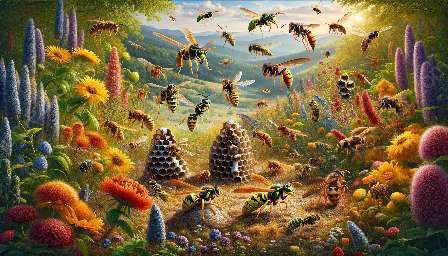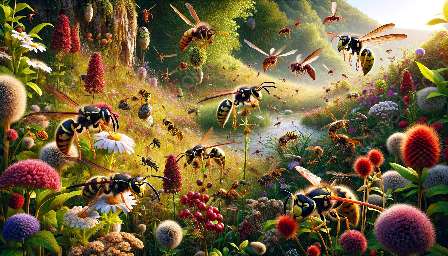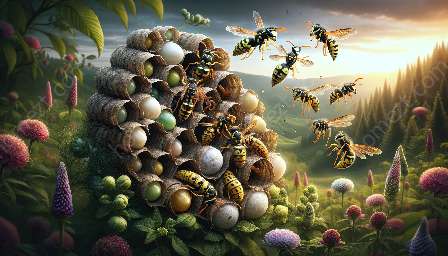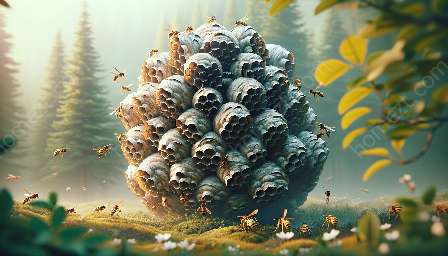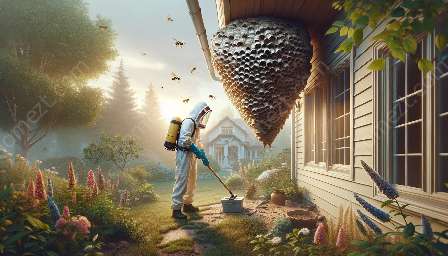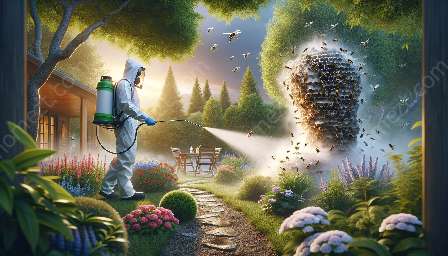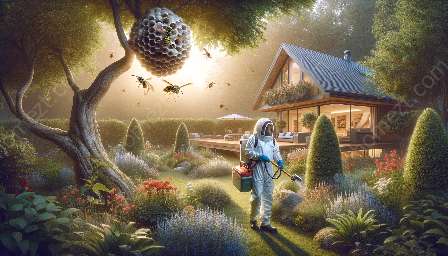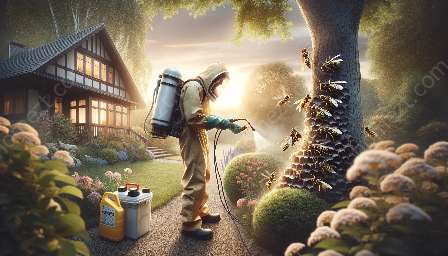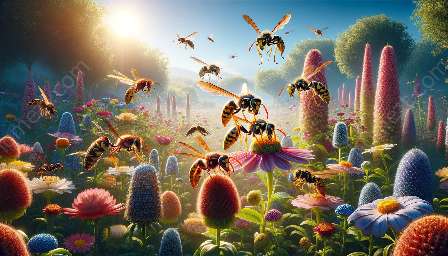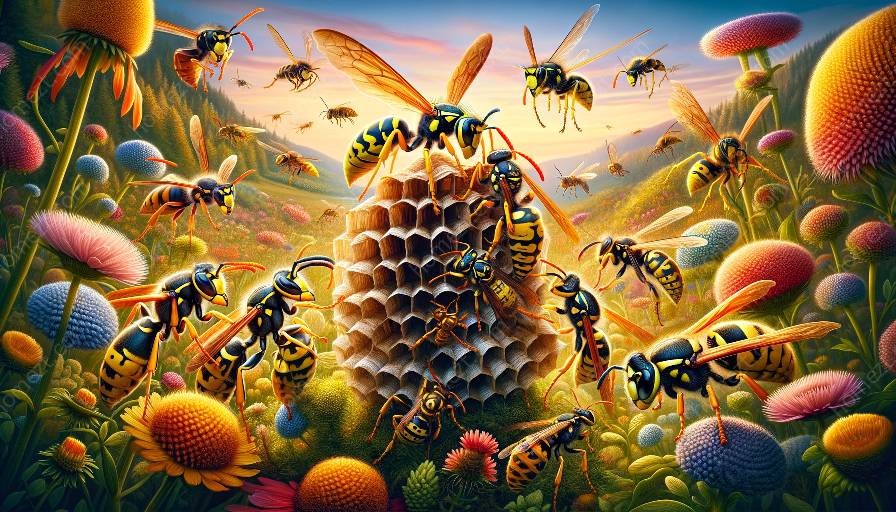Wasps are a diverse and intriguing group of insects that play crucial roles in the ecosystem, but some species can be considered pests. In this comprehensive guide, we will take a closer look at common wasp species, their behaviors, and their significance in the context of pest control.
The Importance of Understanding Common Wasp Species
Before delving into specific common wasp species, it's essential to appreciate the role of wasps in nature. They serve as pollinators, pest controllers, and decomposers, contributing to the balance and health of various ecosystems. However, some species can pose threats when they come into contact with humans and domestic environments.
Introduction to Common Wasp Species
There are several common wasp species known for their presence in different parts of the world. Among these, the European wasp (Vespula germanica), common yellowjacket (Vespula vulgaris), and paper wasp (Polistes spp.) are widely recognized for their ecological significance and potential impact on humans.
European Wasp (Vespula germanica)
The European wasp, also known as the German wasp, is a social species that often constructs large, papery nests in sheltered locations. Its distinctive black and yellow markings make it easily identifiable, and it is known for its aggressive behavior when threatened. This species can become a pest in urban and suburban areas, particularly during late summer and early autumn.
Common Yellowjacket (Vespula vulgaris)
The common yellowjacket is another social wasp species with a characteristic yellow and black coloration. It builds nests in various locations, including underground burrows, and is known for its scavenging behavior around human habitation. While it contributes to ecosystem services, it can pose a nuisance and potential health risk when nesting near human activities.
Paper Wasp (Polistes spp.)
Unlike the social structure of the previously mentioned species, paper wasps have a more solitary lifestyle, with individual females establishing and maintaining small nest colonies. Their nests, often resembling inverted umbrellas, are typically found in sheltered areas. Paper wasps are beneficial for controlling caterpillar populations, yet their presence near human dwellings can lead to conflicts.
Behavior and Significance in Pest Control
Understanding the behavior and ecological roles of common wasp species is crucial for effective pest control management. While wasps contribute to natural pest suppression by preying on various insect species, certain environmental factors and human activities can lead to increased interactions and potential conflicts.
Integration with Pest Control Measures
When common wasp species come into close proximity to human living spaces or agricultural settings, they can be perceived as pests due to their defensive behavior and the potential risks they pose. As a result, implementing integrated pest management strategies that emphasize prevention, monitoring, and targeted control measures becomes essential for minimizing negative encounters with wasps while preserving their ecological contributions.
Conclusion
Common wasp species are vital components of ecosystems, but their presence can lead to challenges in certain contexts. By gaining a deeper understanding of the characteristics, behaviors, and ecological significance of common wasp species, individuals and pest control professionals can make informed decisions and adopt sustainable practices to mitigate potential conflicts and enhance coexistence.

